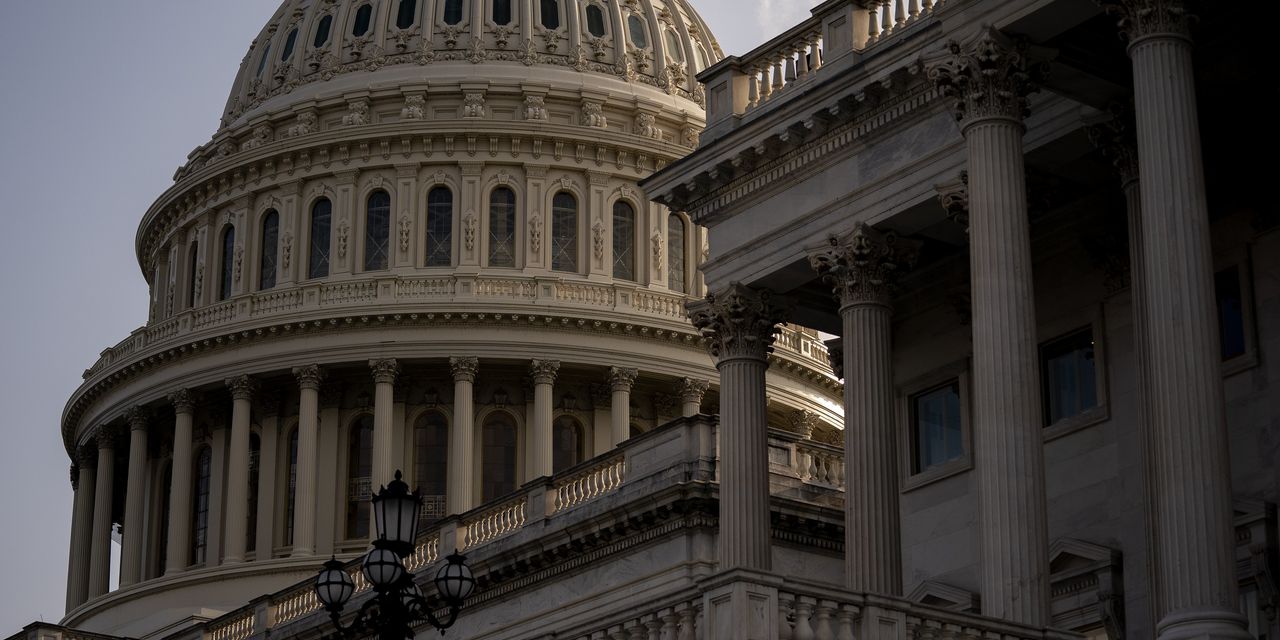WASHINGTON—The clock is ticking for Congress to reach a deal to raise the federal borrowing limit, or debt ceiling, before the government runs out of money to pay its bills some time over the coming months. The ceiling was suspended in 2019 and was reinstated automatically at the beginning of this month. Top Senate Republicans, who object to President Biden’s spending agenda, have said the GOP may line up against any effort to raise the limit this year.
Here’s a guide to what that means, and how the issue may be resolved:
What is the debt ceiling?
Congress limits how much money the government can borrow, and once the limit is reached, lawmakers must raise or suspend the ceiling before the Treasury Department can issue more debt.
Before World War I, Congress approved borrowing for specific purposes, but over the next two decades, it granted more flexibility to the Treasury to issue bonds without individual, explicit legislation. By 1939, Congress effectively established an aggregate limit that delegated to the Treasury the ability to borrow up to a certain amount. The limit has been raised or modified 98 times, according to the Congressional Research Service.
Why is the debt limit in the news again?
Congress voted in July 2019 to suspend the debt limit until July 31, 2021, after which the prior limit of $22 trillion would be reset to include any new borrowing in the intervening years. On Aug. 1, the limit was reinstated at around $28.5 trillion, a figure that includes debt held by the public and debt held by government agencies. After that, the Treasury will no longer be able to tap bond markets to raise new cash.














































